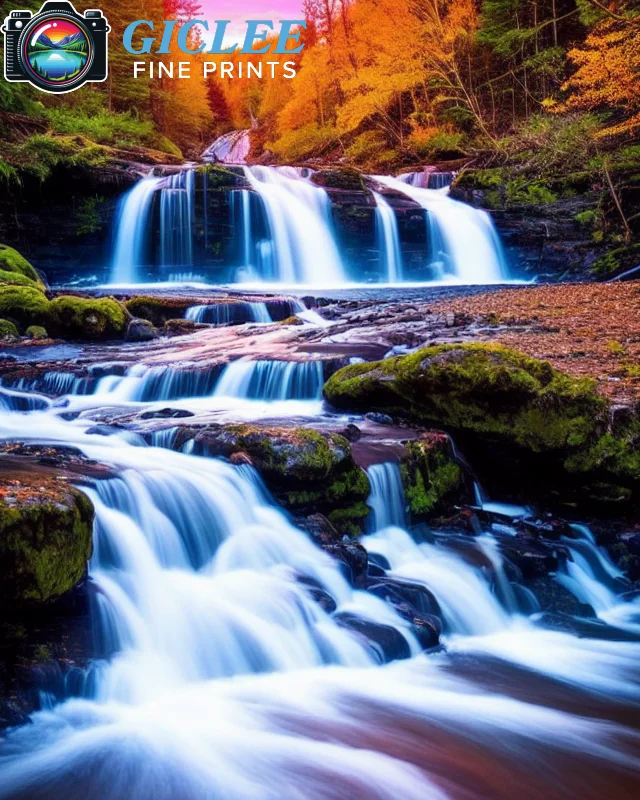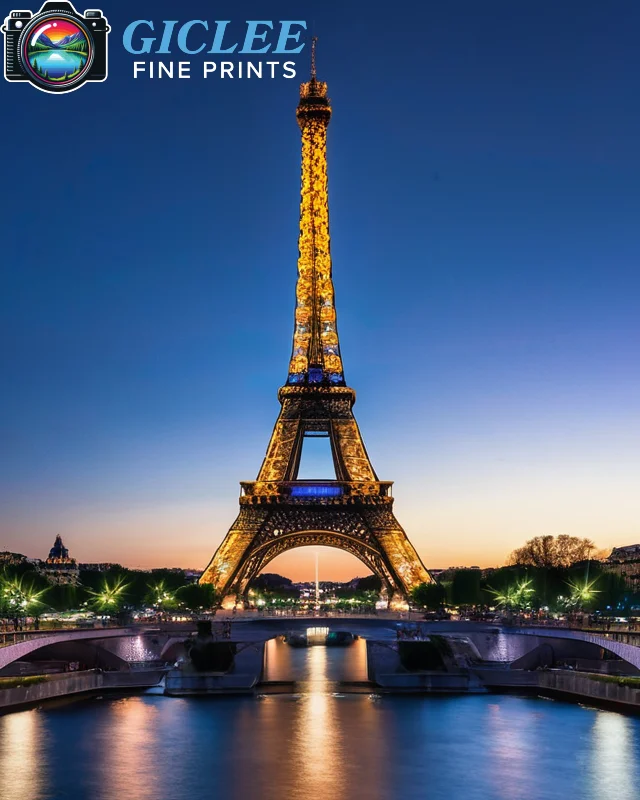
Fine art paper is a preferred medium for artists and photographers who want to showcase every detail with precision and depth. However, achieving the best results with fine art paper requires understanding the key factors that affect the printing outcome. At Giclee Fine Prints, we specialize in producing high-quality prints on various materials, including fine art paper, canvas, metal, and peel and stick options, so that each piece reflects the artist’s true vision.
Paper Texture and Composition
The texture and composition of fine art paper can dramatically affect how the final print appears. Fine art paper is often made from high-quality materials like cotton or alpha-cellulose, which provide a strong, durable base that captures colors and details accurately. Additionally, the paper’s texture—whether smooth, textured, or heavily grained—plays a significant role in the appearance of the print.
- Smooth Paper: Ideal for high-detail work, such as photographs or illustrations, where precision is essential.
- Textured Paper: Adds depth and tactile quality, often preferred for reproducing paintings or charcoal drawings.
When choosing fine art paper, consider the nature of the artwork and how texture can enhance or distract from it. Smooth paper is better for intricate details, while textured paper is excellent for adding depth to expressive artwork.

Ink Absorption and Color Reproduction
Ink absorption is a crucial factor in fine art paper printing, impacting how colors appear once printed. Fine art paper’s composition allows it to absorb ink in a way that maintains color vibrancy and detail. The ink absorption rate depends on the paper’s coating and material, with high-quality paper providing consistent ink absorption and minimal bleed.
Using archival pigment-based inks instead of dye-based inks can also make a significant difference. Pigment-based inks are more durable, fade-resistant, and provide a broader color gamut, ensuring the print remains vibrant over time. Artists and photographers who print on fine art paper can benefit from pigment inks to maintain color accuracy and protect their work from fading.

Lighting and Display Considerations
Once printed, the display environment plays a role in how fine art paper prints are perceived. Lighting can influence color perception, as certain types of light can make colors appear warmer or cooler. Natural daylight typically provides the most accurate color representation, but many artists and collectors choose specific lighting to create the desired ambiance.
Protective framing with UV-resistant glass can also preserve the print’s longevity, especially in well-lit rooms where UV exposure might otherwise fade colors. For gallery-quality presentations, using indirect lighting can enhance colors without causing glare, ensuring the details of the print are visible and vibrant.
Ensuring Quality Results with Giclee Fine Prints
At Giclee Fine Prints, we understand the importance of detail and quality in every print. By paying attention to paper texture, ink quality, and display considerations, we ensure that every fine art paper print captures the artist’s intended look. Our expert team is here to guide you in choosing the best options for your artwork, so it looks stunning on display.
Contact Us
Our address is: 3816 Pioneer Trail Ste #3, South Lake Tahoe, CA 96150
Email: Info@gicleefineprints.com
FAQs
Smooth fine art paper is ideal for high-detail work, such as photography and illustrations, as it allows for precise reproduction.
Texture adds depth to a print, with smoother papers suited for intricate detail and textured papers enhancing expressive works.
Pigment-based inks provide superior color accuracy, durability, and fade resistance, making them ideal for fine art paper prints.


